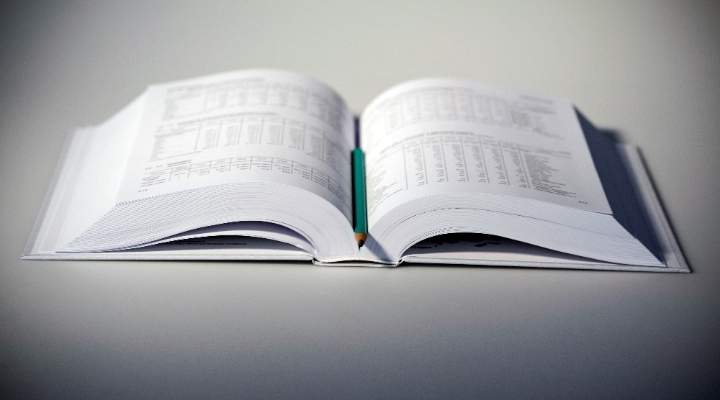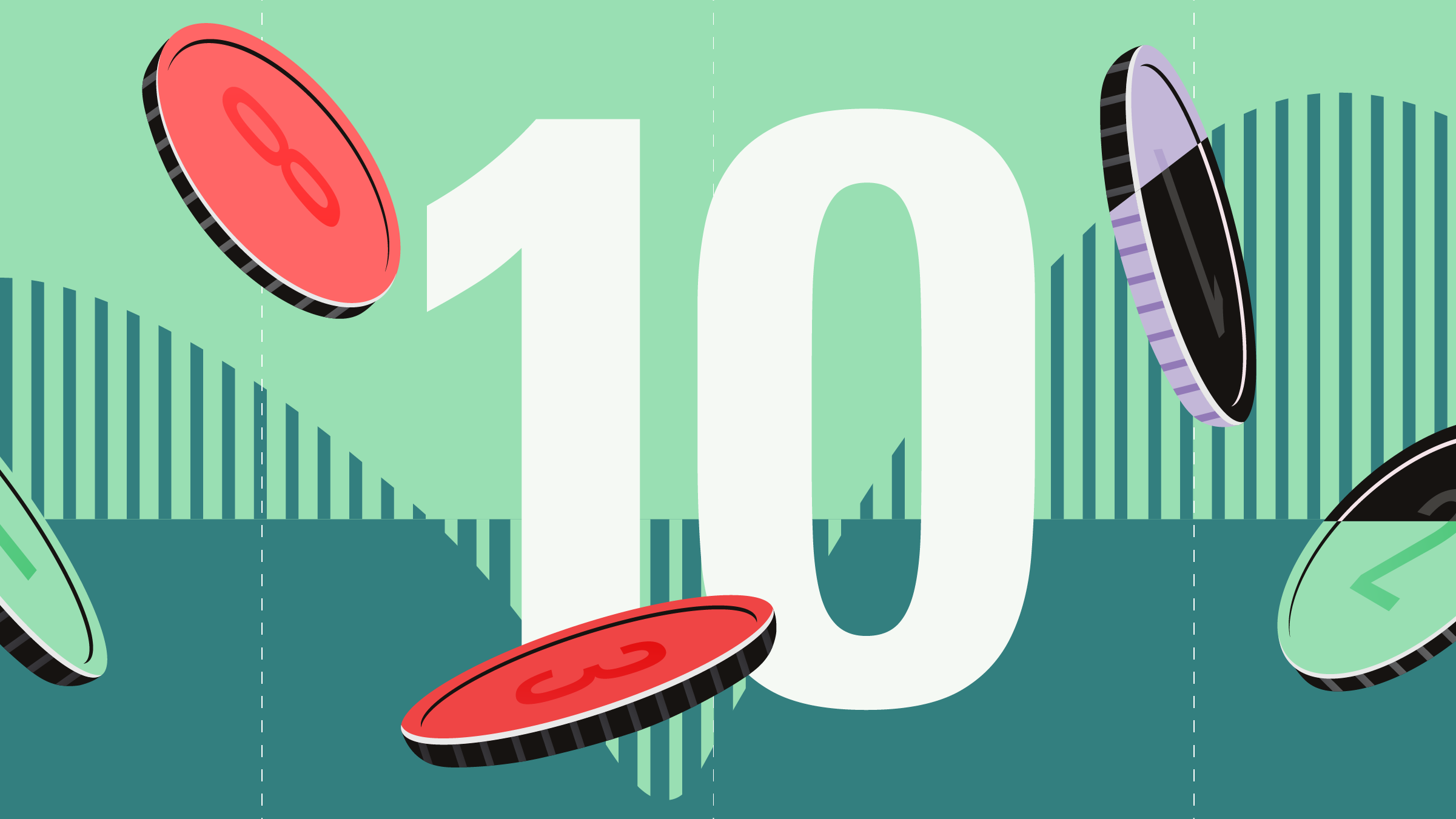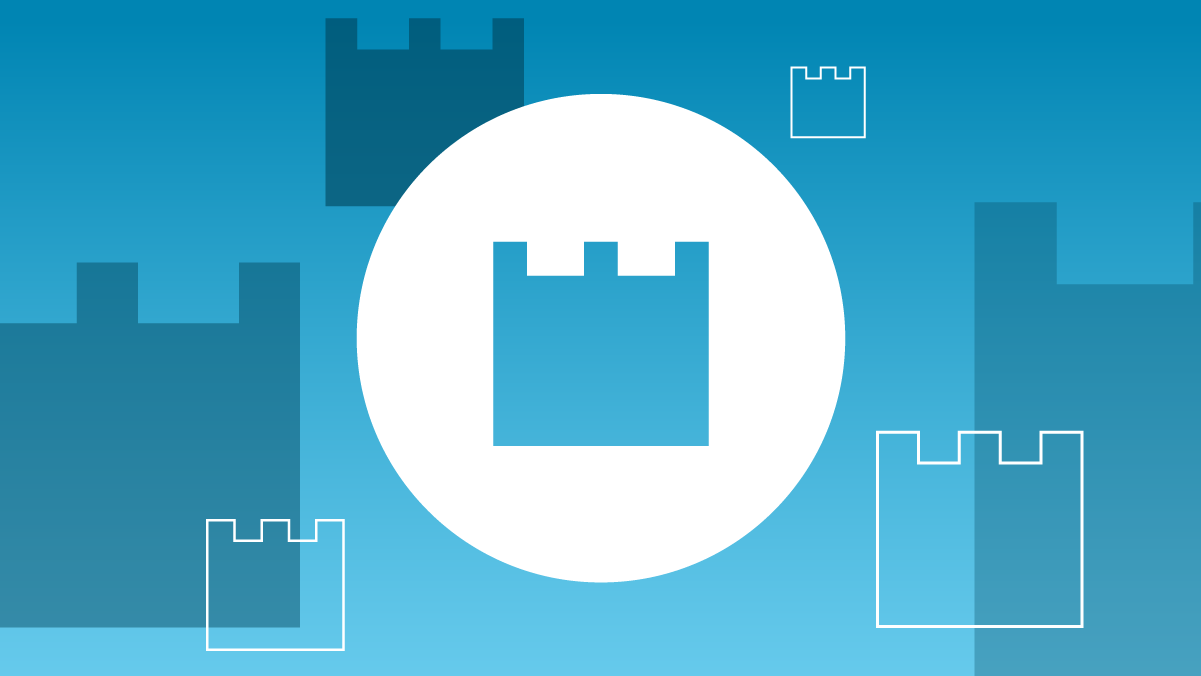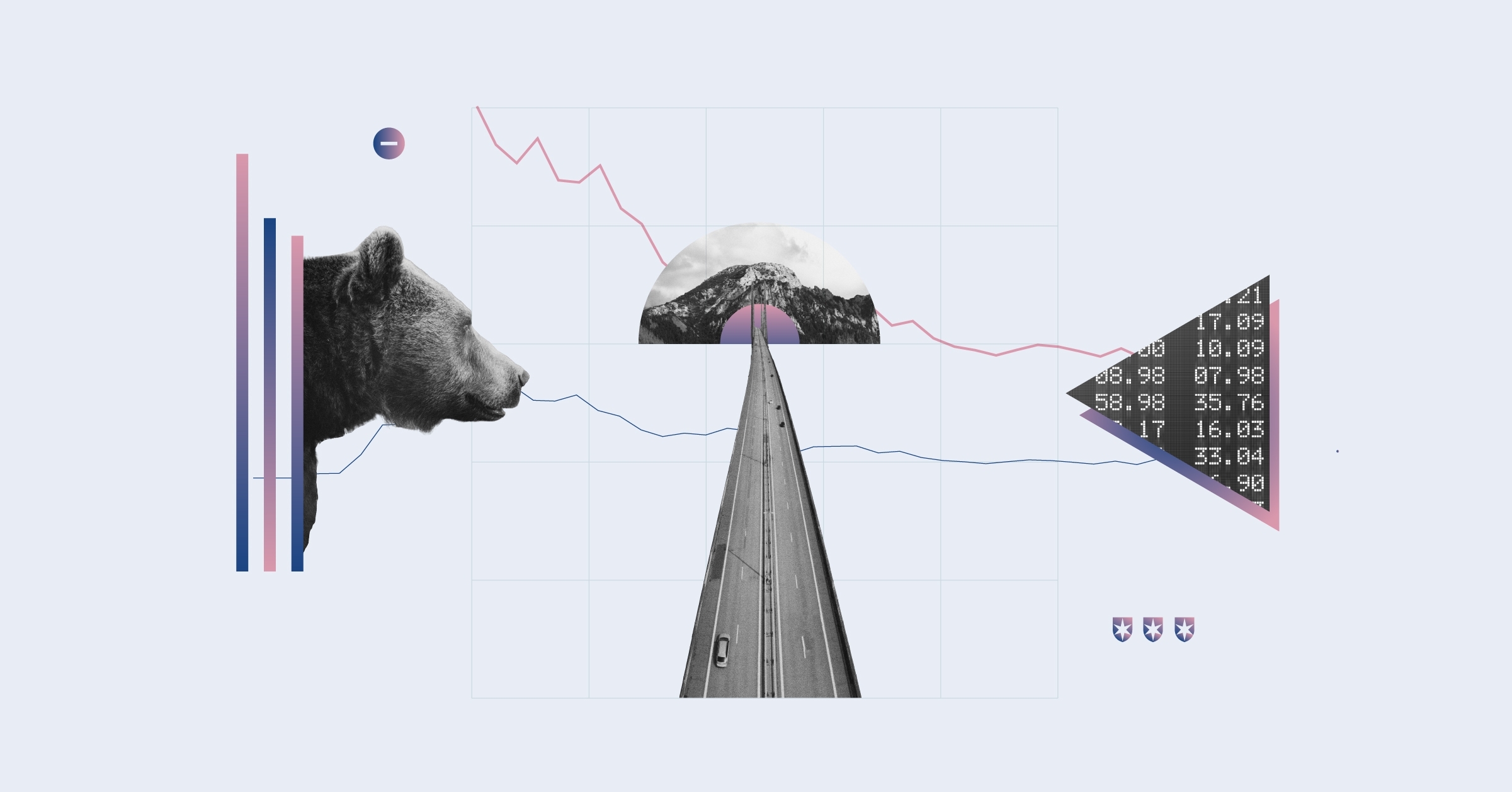
Investors have been given a crash course in risk in recent years; from the Covid-19 pandemic to the Russian invasion of Ukraine, it’s been the unexpected events that have shown the most potential to damage our wealth and long-term financial goals.
Where does Morningstar come into this? As well as providing insight into how to navigate these market storms, we also have an analytical toolkit that can help too.
Let’s start with one of the most commonly-used ratings, the Morningstar Fair Value Estimate for stocks (often shortened to a star rating) where 1 is significantly overvalued and 5 is significantly undervalued.
"The Morningstar Fair Value Estimate tells investors what the long-term intrinsic value of a stock is, helping them see beyond the present market price," our analysts say.
"Morningstar calculates the fair value estimate of a company based on how much cash we think it will generate in the future. When determining the fair value estimate, Morningstar also takes into account the predictability of a company's future cash flows – the uncertainty rating. A stock with a higher uncertainty rating requires a larger margin of safety before earning a 4- or 5-star rating" (italics added).
Risk Not Volatility
The Uncertainty Rating is a risk measure, and it has five categories: Low, Medium, High, Very High, and Extreme. Currently, there are only six stocks worldwide with an "extreme" rating, and that’s in a group of 142,000 stocks we cover. Dropping down a notch, there are hundreds with a "very high" uncertainty, and these include Netflix, Spotify, Coinbase, and Tesla in the US; and Ocado, Rolls-Royce, Deliveroo and ASOS in the UK.
"This Uncertainty Rating ensures that our star ratings (1 through 5) are risk-adjusted, implementing an appropriate margin of safety. This is yet another way we aim to help investors make more informed decisions about their stock investments," says Morningstar equity analyst Eric Compton in his explainer on the uncertainty rating.
While a stock’s economic moat is not explicitly a risk rating, having a sustainable competitive advantage can help boost long-term financial returns, and could indicate the risk that a company loses market share. During the pandemic sell-off in 2020, Morningstar research showed that companies with wide economic moats showed more resilience during the period of market volatility.
Reviewing the 2020 market dislocation, Morningstar director of research in Canada Paul Kaplan wrote:
"Market risk is about more than volatility. Market risk also includes the possibility of depressed markets and extreme events. These events can be frightening in the short term, but this analysis shows that for, investors who can stay in the market for the long run, equity markets still continue to provide rewards for taking these risks".
Four Gold Funds
Widening our scope to fund ratings, the Morningstar Sustainability Rating or "globe rating" is a risk-focused measure too. The globes run from 1 to 5 and include low, below average, average and above average ESG risk.
As ESG risk doesn’t exist in a vacuum, it’s a measure of how well a fund’s holdings are managing this risk in relation to the fund’s peer group. How Morningstar incorporated the Sustainalytics measure "ESG Risk Rating", is explained here. Here, company-specific risks include corporate governance, environmental impact, pay policies, employee relations and public controversies.
Sustainalytics explains more in its methodology paper on how the rating works in relation to risk: "the rating is company specific, i.e. the selection of issues and the weighting of indicators speak to a company’s individual situation. The rating allows a direct comparison and benchmarking of companies across sectoral boundaries.
"Our rating is 'absolute' rather than relative (e.g. you can compare a bank with a mining company). It also allows for qualitative adjustments of important parameters, reflecting the complexities individual companies face. We incorporate 'black swan' issues, and we introduce the concept of unmanageable risk."
In terms of the UK, there are just four funds with a Morningstar Medalist Rating of Gold and also have a Sustainability Rating of Low: Vanguard FTSE UK Equity Index, Overstone Global Equity Income, Fidelity Special Situations and Artemis SmartGARP Global Emerging Markets Equity.









:quality(80)/cloudfront-us-east-1.images.arcpublishing.com/morningstar/Q7DQFQYMEZD7HIR6KC5R42XEDI.png)



















